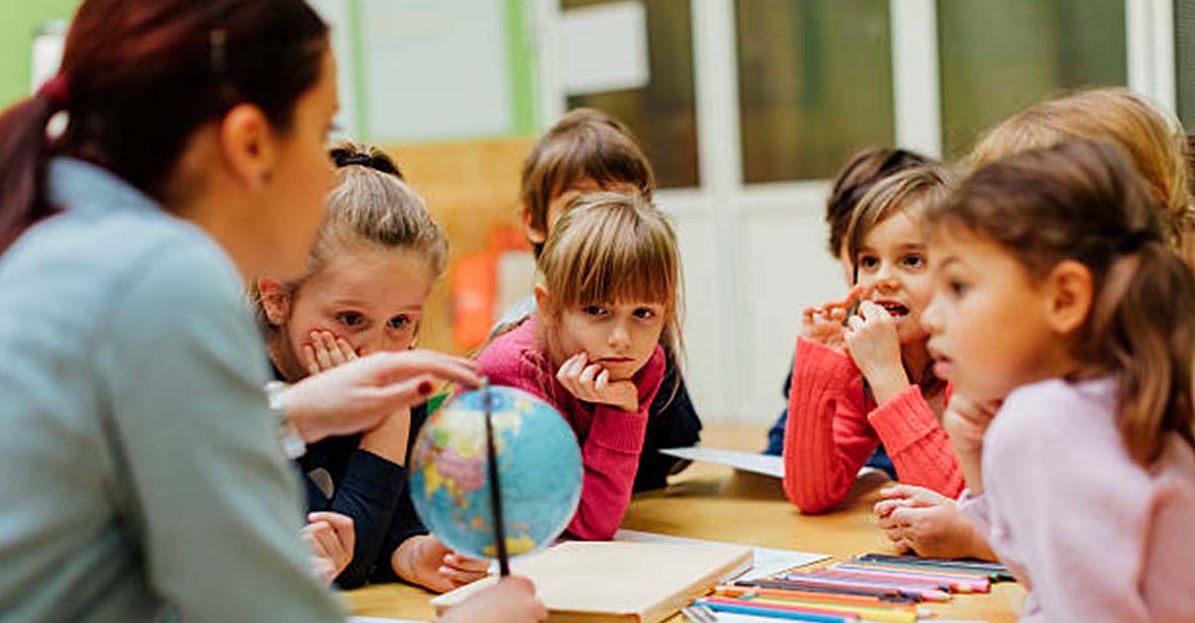There is no easy way to teach someone about the Holocaust, let alone a child. How can you explain to an innocent young human being that some other human beings murdered over six million their fellow humans and tortured even more? Is it even possible to explain this to a child in a way that will leave them traumatized for life and incapable of trust in humanity as a whole?
The truth is that there is no way to prevent a profound impact this particular lesson will have on your children. Therefore, you need to focus on making it less traumatizing. If at all possible, control your child’s access to information about this topic (or any other difficult topic for that matter) so you can introduce it gradually.
4 Tips on How to Teach Your Kids About the Holocaust
1. Establish distance and reinforce the sense of safety
When introducing the topic to children, especially young ones, it’s essential that you distance them from those horrific events right away. Start your introduction along the lines of ‘this happened a very long time ago’ or ‘long before you were born on the other side of the ocean’.
The distance is essential to establish and reinforce the child’s sense of safety. And you have to make them feel safe and secure in order to minimize the traumatizing effect of the stories you will have to tell.
Always complete your stories about bad events by reminding the child that even during those awful times there were people who helped and protected the hunted Jews. It’s essential to reinforce this positive thought to make the child feel safer.
2. Take your child to a memorial
Visiting Holocaust memorials is a must in the process of teaching your children about this. Once you’ve explained the basics of this topic, such visits can be used as a chance to answer some of the child’s questions and help them understand it better. The best place to start is the Holocaust museum as there you can get help from professional guides who can provide age-appropriate tours and materials.
Note that you should only stick to age-appropriate areas of the museum. If your children are under 12 years of age, avoid exposing them to any visuals as images like this can be very traumatizing for youngsters.
3. Tell stories, not facts
Storytelling is an effective mechanism because it provides a sense of comfort on the psychological level (The Atlantic). Therefore, the best way to teach your children about the Holocaust is through stories.
With elementary schoolers, you should focus on stories with a single protagonist so they can emphasize with them. It’s also essential to make these particular stories end with a rescue. When your kids grow a bit older, you can switch to stories about families and groups so they can see the hardship from different angles. At this point, not all stories must end with the heroic rescue and survival.
Older middle and high school students should be able to understand historical details of the Holocaust. Your stories for them should focus on communities and societies so they can learn the context to the tragic events. It’s at this point that you can discuss complex moral and ethical questions related to this subject.
4. Avoid any adult-appropriate materials until kids get to high school
Today, there are many movies and books that tell many stories about the Holocaust. It might be tempting to use them as your ‘visual aids’ when teaching your kids about the topic. However, you shouldn’t forget that such materials are targeted toward adults. This means that they can have a potentially traumatizing effect on children, regardless of how ‘well-prepared’ they are.
You should avoid such materials until your kids go to high school. Even then, follow the age restrictions for the movies and be prepared to answer questions afterward.

